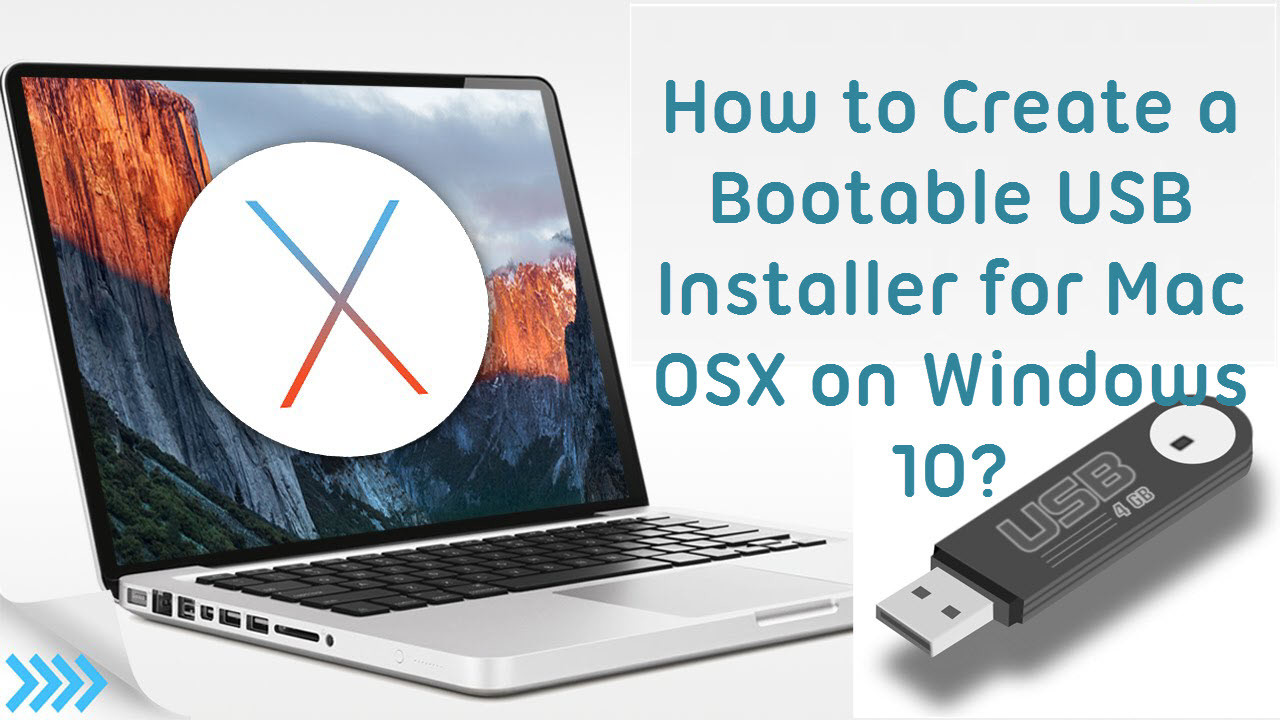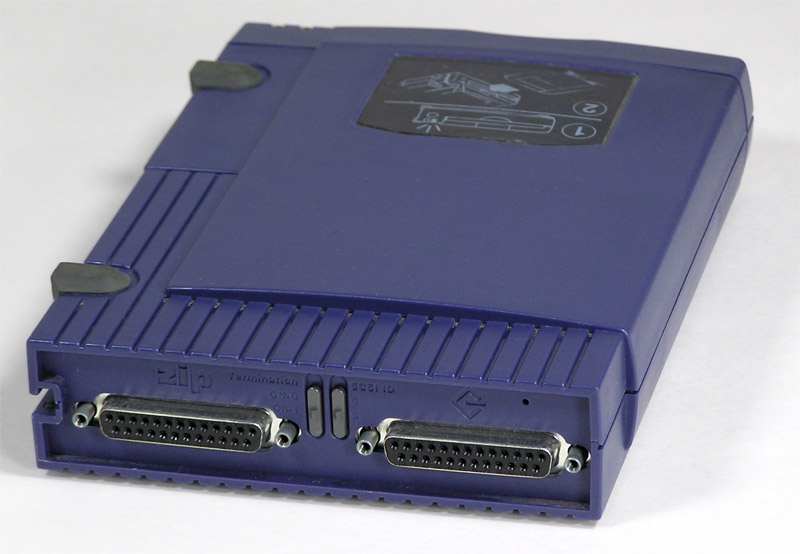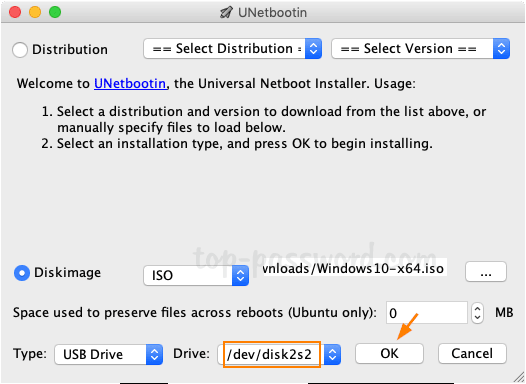rEFIt is a boot menu and maintenance toolkit forEFI-basedmachines like theIntel Macs.You can use it to boot multiple operating systems easily,including triple-boot setups with Boot Camp.It also provides an easy way to enter and explorethe EFI pre-boot environment.
Boot Camp Assistant prepares your Mac by creating a new partition for Windows named BOOTCAMP and downloading the Boot Camp support software. Important: If you’re using a Mac notebook computer, connect it to a power source before continuing. This tutorial deals with the other method which involves picking a boot disk as your Mac is starting up. This tutorial will educate you on choosing a boot disk during the startup process using a feature of macOS called Startup Manager and explain why and when to use Startup Manager over selecting a startup disk in System Preferences. The current release is 0.14. It is available in various forms. Both disk image distributions include the Installer package and can be burned as a bootable CD as well. All three binary distributions can be used to install rEFIt on a USB memory stick or other disk drives. REFIt 0.14 (6.5M Mac disk image) rEFIt 0.14 (6.5M ISO disk image).
On this page:News- Download- Troubleshooting- Resources
Other pages:Documentation- Troubleshooting- Screenshot- Myths and Facts
News

2013-03-29: As you may have noticed, rEFIt is no longer activelymaintained. Please check outrEFInd,a fork that is maintaned and under active development.
2010-03-12: The site has a newtroubleshooting section.Some common problems are also listed below.
2010-03-07: Version 0.14 was released. This release adds a configurationoption for the default boot choice, fixes the Linux/GRUB detection issue, andfixes Snow Leopard 64-bit issues.

Download
The current release is 0.14.It is available in various forms.Both disk image distributions include the Installer package andcan be burned as a bootable CD as well.All three binary distributions can be used to install rEFIton a USB memory stick or other disk drives.
- rEFIt 0.14 (6.5M Mac disk image)
- rEFIt 0.14 (6.5M ISO disk image)
- rEFIt 0.14 (3.2M .tar.gz)
- rEFIt 0.14 source code (253K .tar.gz)
You can browse the source code online through theViewVC interfaceto the Subversion repository at SourceForge.
Troubleshooting
See the troubleshooting section for a full list.Here are a few common problems:
- I just installed rEFIt, but the menu doesn’t show up.
- It takes two reboots after using the package installer.More...
- I can’t boot Windows/Linux from a USB hard disk.
- This is not well-supported by Apple’s firmware.More...
- I can’t boot Windows/Linux from the second internal hard disk.
- This is not explicitly supported by rEFIt at this time.More...
Resources
This project is hosted by SourceForge.You can use the trackers to submitbug reports,feature requests,and patches.The latest development source code is available from theSubversion repository.Other resources are listed on theproject summary page.
To discuss rEFIt with other people, check out theOnMac Forumsor theDual Boot forum at InsanelyMac.
Are you looking for a secure way to format USB to FAT32 on Mac? You are at the right place. Follow here, you can find two methods that will assist you in doing so on your storage device. And if you lost data during the formatting, reliable Mac file recovery software is ready to help anytime:
| Workable Solutions | Step-by-step Troubleshooting |
|---|---|
| Method 1. Use Disk Utility | Connect USB to Mac > Go to Applications > Utilities > Disk Utility > Select USB and click 'Erase'...Full steps |
| Method 2. Use Terminal Command | Connect USB to Mac > Hit cmd + space keys > Type terminal and hit Enter...Full steps |
| Bonus Tip. Recover Formatted Data | If you lost data due to formatting, run EaseUS file recovery software > Scan and recover formatted data...Full steps |
How to Format a USB Flash Drive with Mac to FAT32
Computer users who use a USB might have the demand for formatting it to the FAT32 file system. Compare with the other commonly used NTFS file system on a flash drive, FAT32 has a compatibility advantage across many operating systems.
It's a universal format that is compatible with Mac OS X/macOS, Windows, Linux, and DOS systems. So, if users anticipate using the flash drive with more than one operating system, they will definitely benefit from the FAT32 file system. For Apple Mac users, there are two ways to format a USB flash drive to FAT32, namely Disk Utility and Terminal command line. Below are the detailed steps of the FAT32 format with both methods.
Method 1. Format FAT32 on Mac [Disk Utility]
To format USB to FAT32 with Disk Utility will erase all data on the flash drive, so before you doing so, please do remember to check whether you have saved useful data to another secure device in advance.
To format the USB drive to FAT32, follow the next steps:
Mac Usb Boot Disk Maker
Step 1. Connect the USB flash drive to your Mac computer.
Step 2. Go to Applications >Utilities > Double click and open Disk Utility.
Step 3. Select your USB flash drive on the sidebar, choose Erase.
Step 4. Rename the USB flash drive (optional).
Step 5. Choose the format as MS-DOS (FAT) for Format, Master Boot Record for Scheme. Then click Erase.
Wait for the process to complete, then you'll get an empty new USB flash drive with FAT32 as the file system. You can use it for saving data again.
Method 2. Format FAT32 on Mac [Terminal Command Line]

The command-line behavior does the same way to erase data with the Disk Utility. Again, create a backup before taking this action.
To format FAT32 on Mac with Terminal, follow the next steps:
Step 1. Connect the USB flash drive to your Mac computer.
Step 2. Hit cmd + space to run Spotlight, type: terminal, and hit Enter.
Step 3. Type: diskutil list and find out which disk is your USB drive.

Step 4. Type: sudo diskutil eraseDisk FAT32 MBRFormat /dev/disk2.
- sudo gives you user right.
- Diskutil calls disk utility program.
- eraseDisk commands to format.
- FAT32 sets the file system.
- MBRFormat tells disk utility to format with a Master Boot Record.
- /dev/disk2 is the location of the USB drive.
Wait for the process to complete. After this, you can type 'diskutil list' in the command again to check if the formatting has been successful.
Mac Usb Boot Disk
Bonus Tip: How to Recover Data from Formatted USB
Formatting the USB would erase the data on it completely, so please make sure that you have a backup. If you don't, you can count on data recovery software to retrieve the lost data.
EaseUS Data Recovery Wizard has both Windows and Mac versions, so it's a good choice for data recovery, no matter you're using a PC or Mac. For Mac users, it only takes a few clicks for the software to scan and display the formatted data. To guarantee an effective data recovery without spending money to no avail, you can install the Mac data recovery free version for the first trial. You can preview all the found data before the final recovery.
To recover data from a formatted USB flash drive on Mac, follow the next steps:
Step 1. Correctly connect your USB flash drive to your Mac. Launch EaseUS Data Recovery Wizard for Mac. Start selecting the flash drive and click 'Scan' to let the software search lost files on it.
Create Mac Os Usb Boot Disk

Step 2. After a quick scan and deep scan, all files will be presented in the left panel in the scan results.
Mac Os Usb Boot Disk
Step 3. Select files you want to recover and click the 'Recover Now' button. Don't save the recoverable files to the USB drive itself in case of data overwriting.
